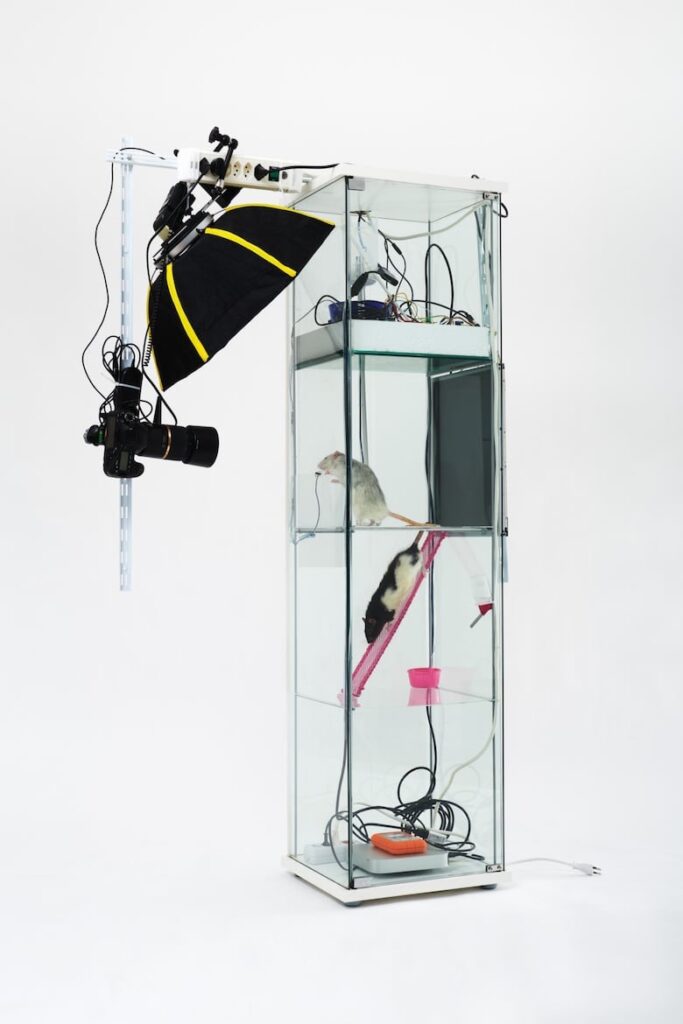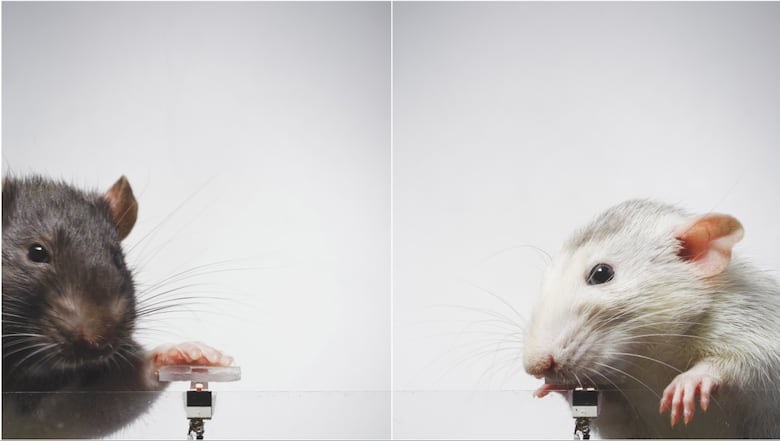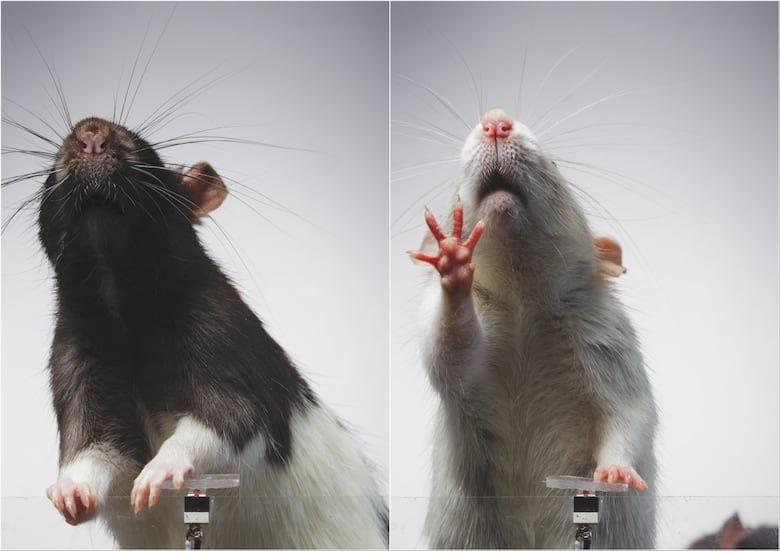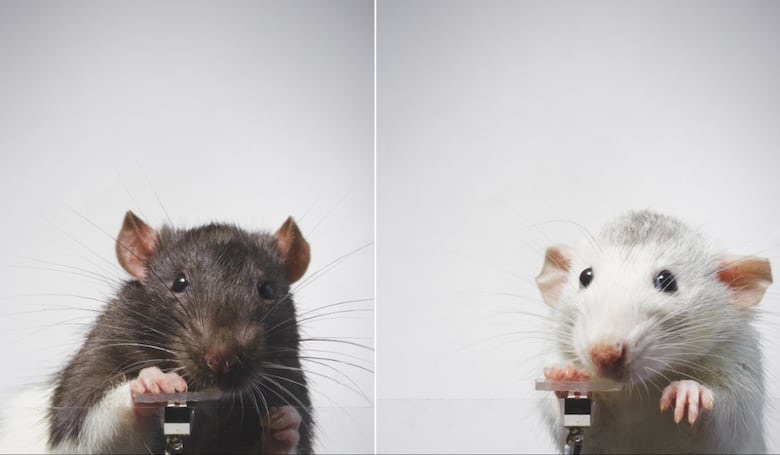Augustin Lignier constructed a photo booth for rats, intending to highlight human behavior. The French artist trained two pet store rodents to capture selfies in exchange for treats, initially for the rewards but eventually for the sheer pleasure of it. He draws parallels between this rat behavior and human engagement with social media—initially driven by likes but eventually evolving into a pursuit of feel-good chemicals in the brain. Lignier aims to reflect on our online behavior, exploring the reasons behind taking and sharing images, as well as our interactions with devices and apps, primarily phones.

Artist Augustin Lignier designed a modified Skinner box for his rats in the installation “Selfie Rats.” Acquiring two male rats from a pet store, named Augustin and Arthur after himself and his brother, Lignier viewed them as collaborators and performers rather than mere subjects. The rats interacted with the camera, capturing selfies, and the installation, initially from 2021, gained renewed attention after being featured in the New York Times this week.
Augustin Lignier crafted his version of a Skinner box, a device by behavioral scientist B.F. Skinner for rat learning experiments. In Lignier’s adaptation, rats Arthur and Augustin could push a lever to capture a selfie, displayed on a screen in front of them. Initially, pushing the lever rewarded them with a sugar piece alongside the photo, establishing an association between the action and pleasure. This led to increased engagement as the rats began to play more frequently with the lever and the camera.

Following the rats’ initial training to push the lever for sugar, Augustin Lignier modified the experiment’s conditions. Sometimes capturing a picture would reward them with sugar, and sometimes it wouldn’t. Despite the change, the rats continued pressing the button, generating numerous selfies. Over time, Lignier observed that the rats largely lost interest in consuming the sugar, even when it was dispensed. He attributes this behavior to the pleasure triggered in their brains every time they pressed the button, indicating a sustained motivation for the activity.

Augustin Lignier contends that his installation draws parallels between the rats’ use of the photo box and human engagement with social media. Initially driven by measurable rewards such as likes, social media engagement can be sporadic. Behavioral experts highlight the role of dopamine in sustaining online activities, as it is produced in response to pleasurable behaviors. Dopamine is associated with motivation and addiction. Lignier’s “Selfie Rats” encourages reflection on the factors driving online behaviors, acknowledging the influence of big tech companies while emphasizing the potential for enjoyment and fun within internet culture.
Arthur and Augustin, the rat collaborators, created numerous selfies with various angles akin to social media aficionados. However, Augustin Lignier observed that the rats didn’t seem to derive fulfillment from the images themselves. Despite efforts to show them their own selfies on the screen immediately after capturing them, the rats displayed no recognition. Once their modeling stint concluded, Lignier sent them to his mother’s house in southern France to live out the remainder of their lives in peace and comfort. He shared that both rats have since passed away and are buried side-by-side in his mother’s garden.
